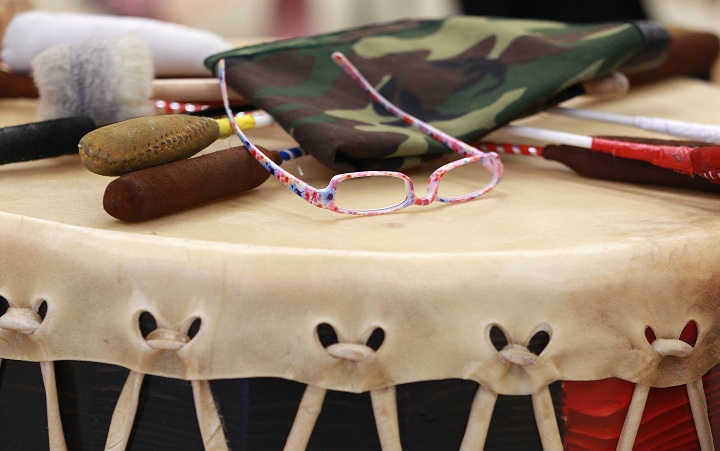TORONTO – TD Economics released a report on Thursday that reveals over 60 per cent of Aboriginal Canadians currently lack the literary skills to fully participate in the Canadian economy.

“Four out of ten Aboriginal children score poorly in early development testing in the areas of language and communication skills. One factor contributing to this is that less than half of First Nation children in Canada read a book every day,” said Sonya Gulati, senior economist, TD Bank Group and the report’s author.
“If greater attention and efforts are not placed on the literacy and consequently education levels of the young Aboriginal population, a multi-generational cycle is sure to persist,” she continued.
In honour of National Aboriginal Day on June 21, the report also examined certain issues associated with low-literacy levels.
“Literacy proficiency, education levels and socio-economic success are intrinsically linked. The fact that less than half of First Nations youth graduate from high school compared to 80 per cent of their non-Aboriginal peers is extremely concerning,” added Gulati.
Though there has been some improvement in literacy among Aboriginal peoples over the last decade, many Aboriginal-based educational programs have also faltered due in part to lack of adequate funding and a lack of legislative accountability, according to the report.
On an international scale, Canada does show improvement in Aboriginal cultural education and social trends.
New Zealand shows a high Aboriginal literacy rate, with roughly 60 per cent of Aboriginal peoples showing literacy proficiency.
TD Economics has compiled a list of literacy-related programs that best exercise Aboriginal children’s development. These include parents participating in literacy programs alongside their children to promote positivity, being more inclusive of Aboriginal culture, increasing access to computer-based programs for those who live in remote areas, and delivering teacher support on reserves, to name a few.
Consultations for a First Nations Education Act are also underway, as it will aim to clarify educational responsibilities, strengthen governance and accountability, and provide stable and predictable funding.


Comments